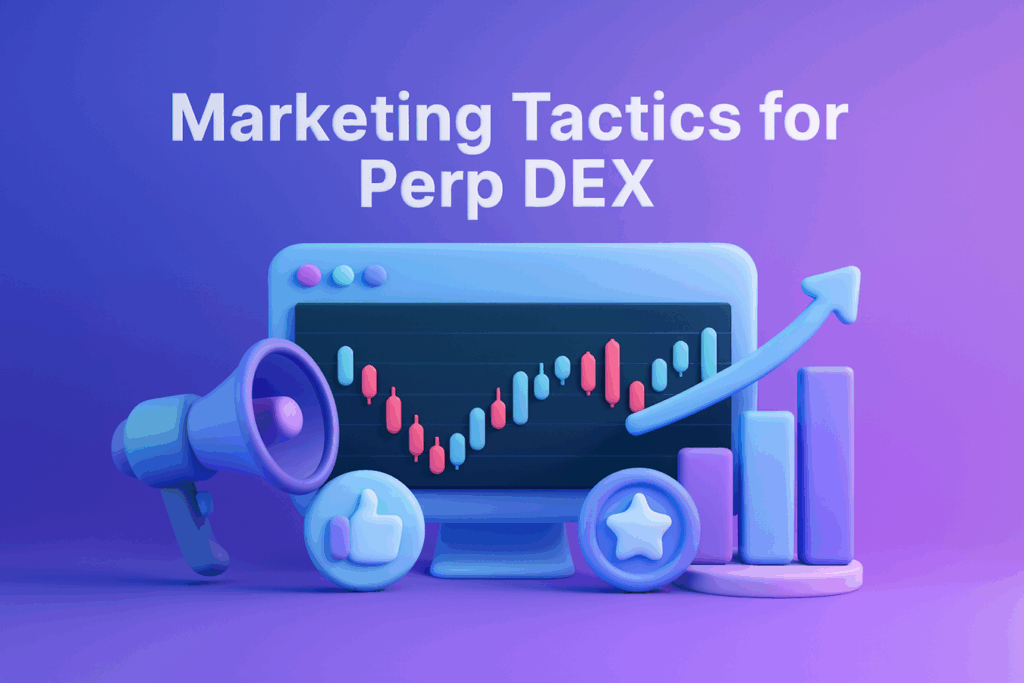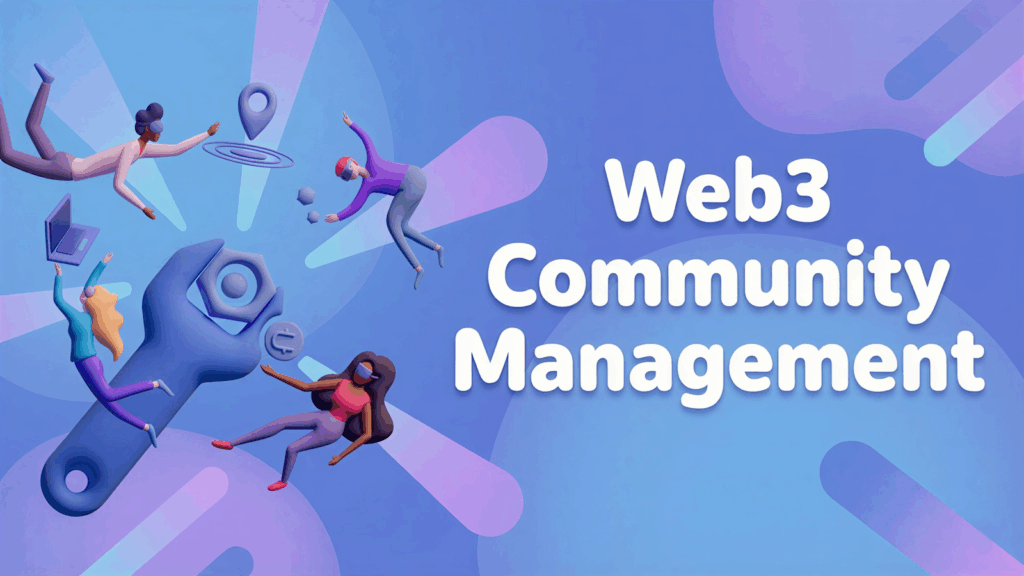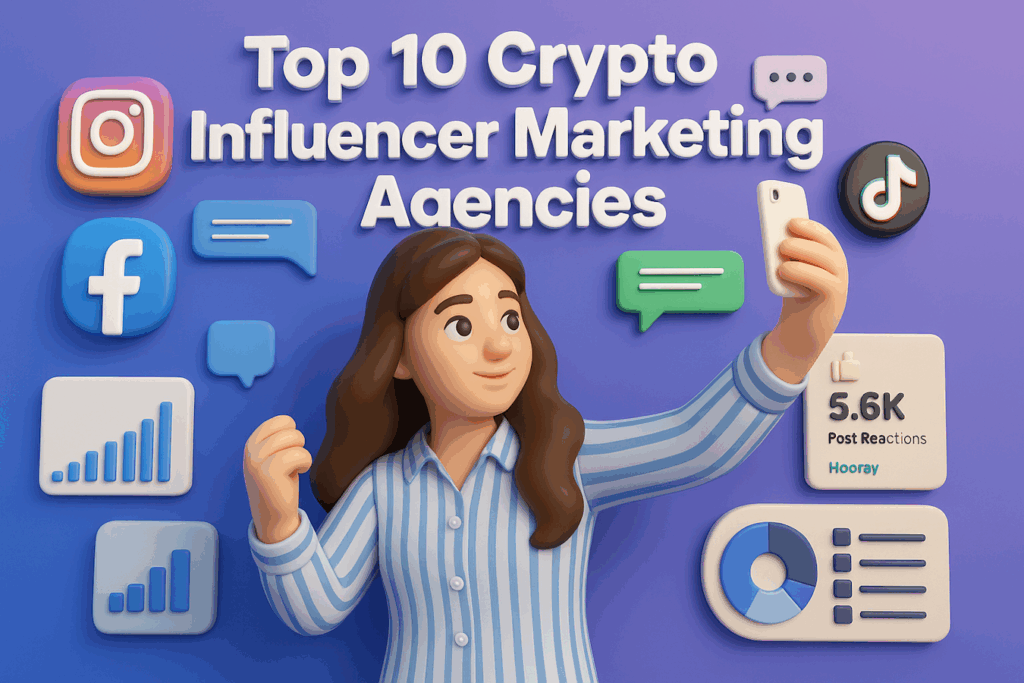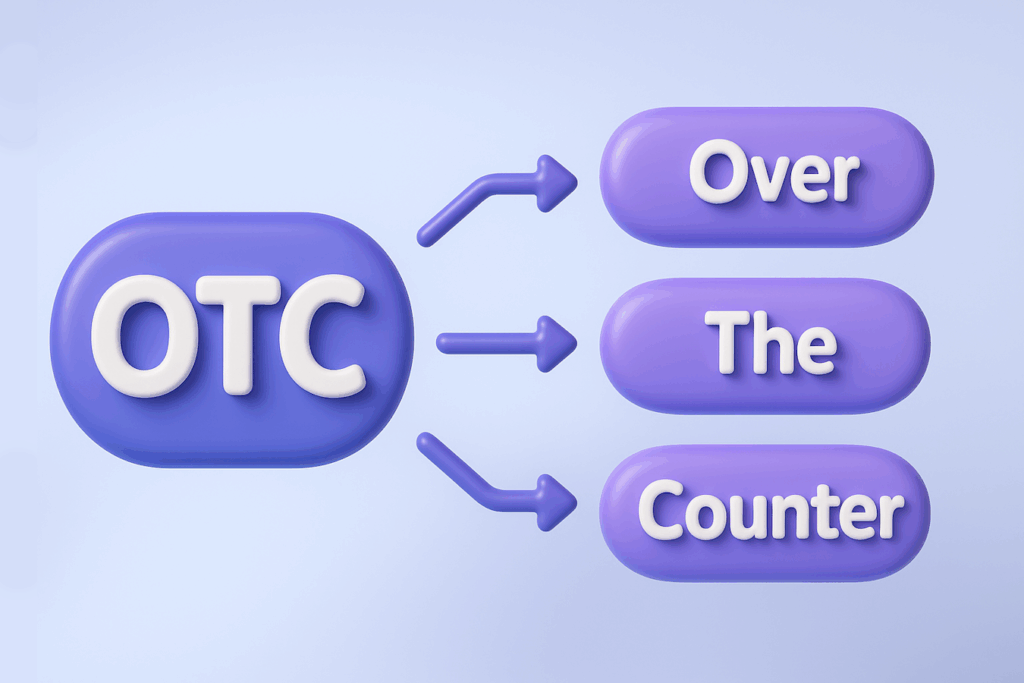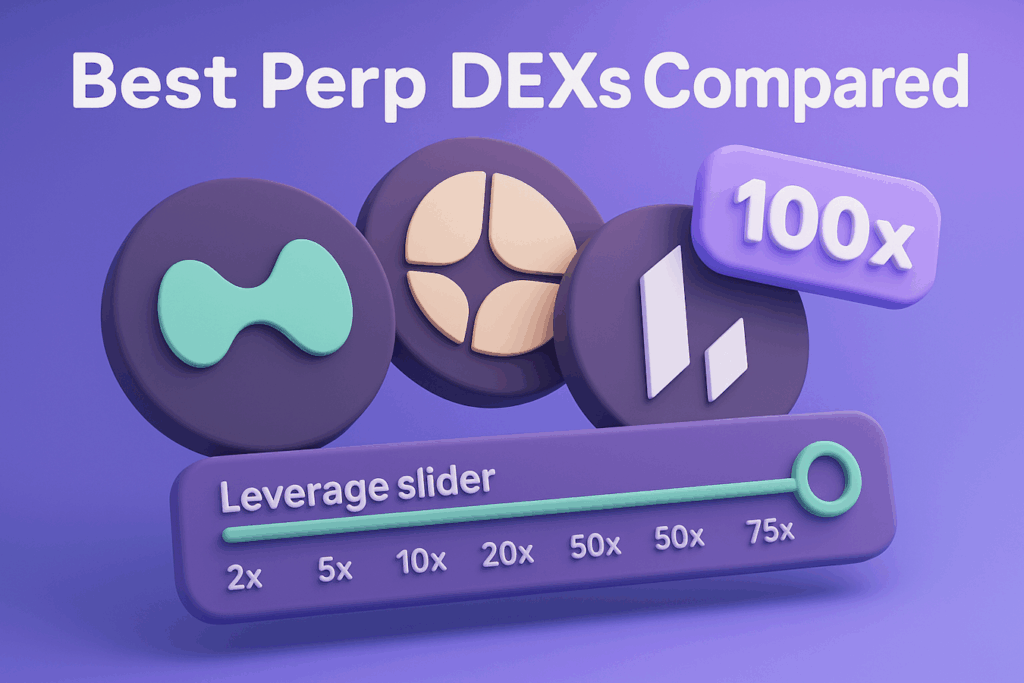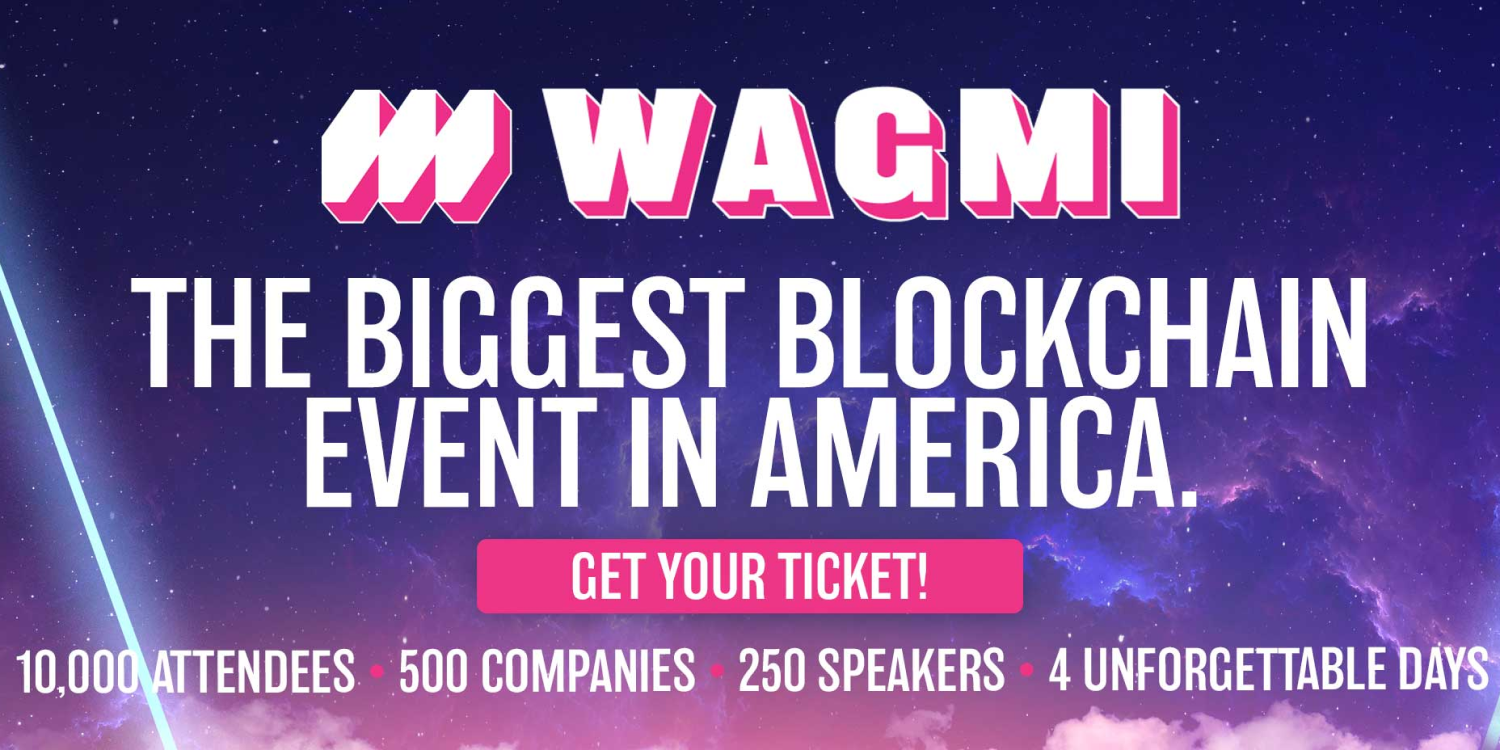The New Paradigm
Crypto community building represents a fundamental departure from traditional approaches, requiring mastery of tokenized incentives, 24/7 global coordination, and decentralized governance models. This synthesized playbook combines insights from comprehensive analysis of 50+ successful projects, behavioral economics research, and real-world case studies to provide immediately actionable frameworks.
Three Revolutionary Insights
- The Economic Flywheel Effect: Successful crypto communities create self-reinforcing cycles where token utility drives adoption, which increases platform value, which enhances token demand – generating 300-500% higher engagement than traditional communities.
- The Psychological Profile Advantage: Crypto participants exhibit 30% higher correlation with “Dark Tetrad” traits – not as negative characteristics, but as indicators of risk-taking, anti-establishment mindsets essential for early adoption. Understanding this enables precision targeting.
- The Survival Imperative: With 52.7% of cryptocurrencies failing since 2021, authentic utility creation and sustainable tokenomics aren’t optional – they’re existential requirements. Projects built on speculation alone inevitably collapse (see Axie Infinity’s $40B ecosystem implosion).
Critical Success Metrics
$10-50 via community vs $100+ traditional crypto marketing
30-150% higher for community-acquired users
40% weekly active (growth phase), 60%+ (pre-launch)
20-40% token holder voting (healthy DAO)
2-6x on community investment within 12-18 months
Understanding Your Community
The Duality Framework: Believers vs Speculators
Every crypto community contains two primary archetypes. Understanding this duality shapes everything from tokenomics design to content strategy.
Speculators are driven by financial opportunity through airdrops and price appreciation. They provide essential early liquidity and trading volume but exhibit rapid churn during downturns. The key isn’t excluding them but creating conversion funnels that transform speculators into believers through education, engagement, and aligned incentives.
| Drivers | Behavior | Value | Management Strategy |
|---|---|---|---|
| Token airdrops, referral rewards, price appreciation potential | High initial activity, extreme price sensitivity, rapid churn during downturns | Provide initial liquidity, trading volume, social proof | Create conversion funnels to transform into believers |
Believers represent your sustainable core, driven by mission alignment and technological innovation. They hold through volatility, participate in governance, and become organic advocates. Retaining believers requires transparent communication about challenges and progress, inclusive governance giving real influence, and culture building that reinforces belonging.
| Drivers | Behavior | Value | Management Strategy |
|---|---|---|---|
| Mission alignment, technological innovation, community belonging, financial sovereignty | Long-term holding, governance participation, organic advocacy, bear market resilience | Sustainable growth, product feedback, ecosystem building | Transparent communication, inclusive governance, culture building |
The most successful projects design systems attracting speculators for initial momentum while systematically converting them into long-term believers who sustain the project through market cycles.
Platform Architecture & Strategy
The Platform Matrix
Each platform serves a distinct purpose in your ecosystem. Success comes from leveraging platform strengths rather than forcing all users onto a single channel.
| Platform | Primary Function | Optimal Size | Key Success Factors |
|---|---|---|---|
| Discord | Operations Hub | 1K-50K members | Token-gating, structured channels, active moderation |
| Telegram | Real-time Updates | 5K-10K per group | Multi-layered security, regional groups, bot automation |
| X (Twitter) | Narrative Engine | Unlimited | Algorithm optimization, Spaces strategy, visual content |
| Authenticity Layer | Organic growth | Karma building, genuine value, transparent AMAs |
Platform selection should align with your project’s core value proposition. DeFi protocols often find Discord’s structured environment ideal for technical discussions, while NFT projects might prioritize Twitter’s visual nature and viral potential. Gaming projects typically require Discord for voice chat coordination, while trading-focused projects may center on Telegram’s speed and mobile accessibility.
Discord: Command Center Architecture
Discord serves as operational headquarters. Architecture should evolve with community size, starting simple and adding complexity only when needed.
Pre-Launch Structure (0-1K members):
📢 START HERE
├── welcome-and-rules
├── announcements
└── official-links
💬 COMMUNITY
├── general-chat
├── introductions
└── feedback
📚 RESOURCES
├── whitepaper
├── roadmap
└── faqGrowth Stage Additions (1K-10K members):
🎯 ENGAGEMENT
├── daily-discussions
├── memes
└── community-games
🔧 SUPPORT
├── support-tickets
└── bug-reports
🔒 HOLDERS-ONLY (Token-gated)
├── alpha-chat
├── governance-discussion
└── exclusive-announcementsThe transition between these stages should be triggered by actual need rather than arbitrary timelines. When general-chat becomes too fast to follow meaningful conversations, it’s time to add specialized discussion channels. When support questions start drowning out community discussion, dedicated support channels become necessary. This organic evolution ensures every channel serves a real purpose rather than existing as digital furniture.
Essential Bot Stack:
- Collab.Land: Token-gating and wallet verification
- MEE6: Leveling and auto-moderation ($11.95/mo premium)
- Carl-bot: Advanced automation and roles
- Wick: Security and anti-raid protection
Telegram: Speed and Scale
Telegram occupies a unique position in the crypto ecosystem as the platform of choice for real-time communication and rapid information dissemination. The platform’s speed, simplicity, and mobile-first design perfectly match the always-on nature of crypto markets, but these same features that make it powerful also make it vulnerable to exploitation by scammers and spammers.
Security Protocol Stack:
| Bot Defense | Human Moderation | Education | Verification |
|---|---|---|---|
| 🔹 Combot (spam) 🔹 Rose Bot (moderation) 🔹 Shieldy (CAPTCHA) | 🔹 Pinned warnings about DM scams 🔹 Official links only | 🔹 Pinned warnings about DM scams 🔹 Official links only | 🔹 New member quarantine periods 🔹 Link scanning |
The distinction between channels and groups is crucial for effective Telegram strategy. Channels serve as your broadcast medium, delivering official announcements to unlimited subscribers without the noise of responses. Groups enable community discussion but require active moderation to maintain quality. The most effective approach combines both: an official announcement channel that feeds into discussion groups where community members can engage with the content.
Regional Optimization:
| Asia-Pacific | Eastern Europe | Latin America | Western Markets |
|---|---|---|---|
| 🔹 Visual content focus 🔹 Mobile-first approach | 🔹 Technical discussions 🔹 Development updates | 🔹 Community-driven events 🔹 Social engagement | 🔹 Governance focus 🔹 Regulatory compliance |
Understanding regional preferences isn’t just about language translation – it’s about recognizing fundamental differences in how communities engage. Successful global projects don’t impose a one-size-fits-all approach but adapt their Telegram strategy to regional preferences while maintaining consistent core messaging.
Twitter/X: Narrative Control
Twitter remains the primary narrative battleground for crypto projects, where perception becomes reality and viral moments can make or break a token’s trajectory. The platform’s unique position as the intersection of crypto Twitter (CT), traditional finance, mainstream media, and retail investors makes it indispensable for project awareness and credibility. However, success on Twitter requires more than posting updates – it demands deep understanding of algorithm mechanics and the social dynamics of crypto culture.
The 2024 algorithm updates have fundamentally changed what works on the platform. The algorithm now heavily weights engagement velocity in the first hour after posting, making timing more critical than ever. Visual content receives approximately twice the reach of text-only posts, and the hierarchy of engagement signals (replies > retweets > likes) means fostering actual conversation is more valuable than collecting passive likes. Understanding these mechanics allows you to engineer content for maximum organic reach without relying on paid promotion.
2024 Algorithm Optimization:
- First Hour Rule: 70% of engagement must occur within 60 minutes
- Engagement Hierarchy: Replies > Retweets > Likes
- Visual Priority: Images/videos get 2x reach vs text-only
- Optimal Structure: Hook (20 chars) → Visual → Content → CTA → 1-3 hashtags
Content strategy on Twitter must balance several competing demands. You need to be technical enough to earn respect from developers and crypto natives, accessible enough for newcomers to understand, entertaining enough to earn shares, and substantial enough to build authority.
Content Calendar Framework:
| Monday | Tuesday | Wednesday | Thursday | Friday | Weekend |
|---|---|---|---|---|---|
| 🔹 Week recap 🔹 Market analysis | 🔹 Technical deep-dives 🔹 Education | 🔹 Community spotlights 🔹 UGC | 🔹 Thought leadership 🔹 Partnerships | 🔹 Achievements 🔹 Lighter content | 🔹 Educational threads 🔹 AMAs |
Twitter Spaces has emerged as the premier platform for live audio engagement in crypto, offering a unique combination of accessibility, reach, and intimacy. A well-executed Space can generate more authentic engagement than weeks of regular posting, but success requires careful planning and promotion. The key is treating Spaces not as casual conversations but as produced events with clear value propositions for attendees.
Growth Phases
Phase 0: Pre-Launch Foundation (0-3 months)
Focus on quality over quantity, building a core group of 100-1000 engaged members. Start with founder networks and expand through targeted outreach in adjacent communities. Create educational content about the problem space before introducing your solution.
Key Metrics:
- Target: 100-1000 quality members
- Engagement: 40-60% weekly active
- Success indicator: Organic referrals from existing members
Phase 1: Launch Execution (3-6 months)
Execute coordinated multi-platform announcements with an 8-week build-up campaign. Release 2-3 significant updates weekly to maintain momentum. Prepare crisis communication protocols for inevitable challenges.
8-Week Launch Countdown:
- T-8 weeks: Begin announcement cadence (2-3 major updates/week)
- T-4 weeks: Finalize exchange listings, market maker agreements
- T-2 weeks: Security audit publication, final AMAs
- T-1 week: Whitelist finalization, participation guides
- Launch day: Coordinated multi-platform announcement
Crisis Communication Protocol:
- Acknowledge within 2-4 hours maximum
- Assess and communicate known facts
- Act with specific remediation plan
- Follow-up with regular updates
Launch Models Comparison:
The choice of launch mechanism is one of the most consequential decisions a project makes, affecting everything from initial token distribution to long-term community composition. Each model carries distinct tradeoffs between decentralization, fundraising capability, and accessibility. Your choice signals your project’s values and priorities to the market, and changing course after announcement can severely damage credibility.
Launch Models Comparison:
| Model | Pros | Cons | Best For |
|---|---|---|---|
| IDO | Immediate liquidity, launchpad community | Platform fees, less control | DeFi projects |
| IEO | CEX credibility, large audience | High costs, centralization | Mainstream adoption |
| LBP | Fair price discovery, anti-bot | Complex mechanics | Fair launch focus |
| Direct DEX | Full decentralization | No fundraising | Community-first projects |
Your launch model should align with your long-term vision.
Phase 2: Growth Acceleration (6-18 months)
Scale team to 3-5 full-time members with global coverage. Implement engagement systems that create progression and reward contribution.
Advanced Engagement Tactics:
Moving beyond basic community management requires sophisticated systems that create intrinsic motivation for participation. The most successful crypto communities don’t just reward activity – they create progression systems that mirror the dopamine loops of successful games while providing real value and status within the community. These systems must balance accessibility for newcomers with enough depth to keep power users engaged for months or years.
The key insight is that engagement tactics must evolve with your community’s maturity. Early-stage communities thrive on simple, immediate rewards that lower barriers to participation. As communities mature, members seek deeper involvement, meaningful contribution opportunities, and ways to demonstrate expertise and commitment. The challenge is creating systems that serve both newcomers and veterans simultaneously without alienating either group.
Gamification Framework:
Level 1 (0-100 XP): New Member
Level 5 (500 XP): Active Contributor + NFT Badge
Level 10 (2000 XP): Community Champion + Governance Power
Level 20 (10000 XP): Elder + Direct Team AccessThis progression system creates clear goals and rewards that go beyond simple recognition. The NFT badges provide verifiable, tradeable proof of contribution. Governance power at Level 10 transforms engaged members into stakeholders. Direct team access at Level 20 acknowledges that your most committed members often understand the community better than the founding team itself.
Retention Mechanisms:
- Staking rewards: 15-30% APY for long-term holders
- Governance rights: Proposal creation at 1000+ tokens
- Exclusive access: Token-gated alpha channels
Each retention mechanism serves multiple purposes. Staking rewards incentivize holding while potentially reducing sell pressure. Governance rights transform passive holders into active participants. Exclusive access creates FOMO for non-holders while rewarding commitment. Achievement NFTs create a permanent record of contribution that builds individual reputation and community history.
The sophistication of these systems should match your project’s technical capabilities and community expectations.
Phase 3: Maturity & Decentralization (18+ months)
Transition to community self-governance through progressive decentralization:
- Months 1-6: Community input, team final decision
- Months 7-12: Formal proposals, advisory voting
- Months 13-18: Binding votes on specific functions
- Months 19+: Full DAO, community-elected leadership
Success indicators include member-to-member support exceeding team support and community-generated content surpassing official content.
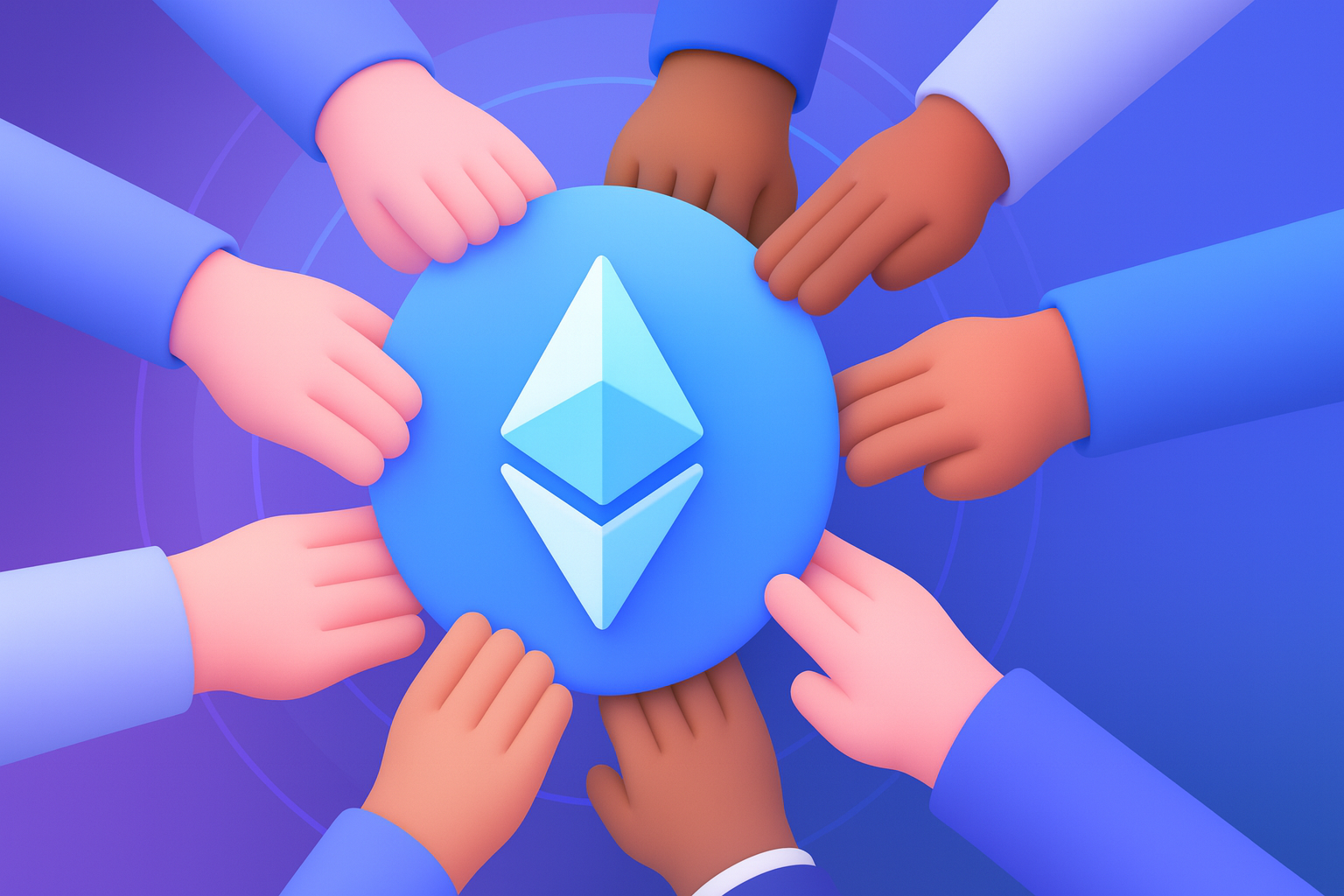
Budget & Resources
Investment Framework by Stage
| Stage | Monthly Budget | Team Size | Community Size | Key Investments |
|---|---|---|---|---|
| Minimal | $3.5-8K | 1-2 part-time | 0-1K | Basic tools, organic growth |
| Growth | $15-50K | 3-5 full-time | 1K-10K | Premium tools, paid campaigns |
| Scale | $50-200K+ | 8-15 specialists | 10K+ | Enterprise tools, partnerships |
ROI Expectations:
- User acquisition: $10-50 (community) vs $100+ (traditional)
- Lifetime value: 30-150% higher for community-acquired users
- Breakeven: 6-12 months with proper execution
Metrics That Matter
The difference between successful and failing crypto communities often comes down to measurement. While vanity metrics like total member count might impress investors, they tell you nothing about community health or sustainability. Sophisticated analytics that combine on-chain and off-chain data provide the insights needed to make informed decisions about resource allocation, strategy adjustments, and growth initiatives.
Core KPI Dashboard
Focus on metrics that indicate genuine health rather than vanity numbers:
| Metric | Poor | Good | Excellent |
|---|---|---|---|
| DAU/MAU Ratio | <10% | 20-30% | >40% |
| Weekly Active | <20% | 30-40% | >50% |
| Monthly Churn | >20% | 10-15% | <10% |
| Governance Participation | <5% | 10-20% | >30% |
| Monthly Holder Growth | <10% | 20-40% | >50% |
| Token Distribution (Gini) | >0.8 | 0.5-0.7 | <0.5 |
Understanding these metrics requires context. A DAU/MAU ratio above 40% indicates your community has become a daily habit, similar to successful social media platforms. Weekly active rates above 50% suggest genuine utility rather than speculation-driven engagement. Governance participation above 30% demonstrates true decentralization rather than whale dominance. The Gini coefficient, borrowed from economics, measures token distribution equality – lower values indicate healthier, more decentralized ownership.
ROI Calculation:
Community ROI = (Community-Driven Revenue – Total Community Costs) / Total Community Costs
Where:
🔹 Community-Driven Revenue = Direct conversions + Referral value + Partner deals + Token appreciation from adoption
🔹 Total Costs = Salaries + Tools + Incentives + Content + Events
This framework moves beyond simple cost-per-acquisition calculations to capture the full value of community investment. Community-driven revenue includes not just direct token purchases but the harder-to-measure value of referrals, partnership opportunities that emerge from community connections, and token appreciation driven by genuine adoption rather than speculation. The key is building attribution systems that can track these various revenue streams back to community initiatives, providing clear ROI demonstrations to stakeholders.
Conclusion
Successful crypto communities transcend traditional marketing to become self-perpetuating economic and social systems. They achieve this through aligned tokenomic incentives, authentic utility beyond speculation, progressive decentralization, and sustainable economics.
The ultimate metric of success isn’t token price or member count, but the community’s ability to survive and thrive through market cycles, creating lasting value for all stakeholders. Projects that master this framework don’t just build communities – they birth digital nations with the power to reshape industries.
Frequently Asked Questions (FAQ)
A crypto community is a group of token holders, developers, and enthusiasts who actively participate in a blockchain project’s growth through governance, development, and advocacy. Unlike traditional brand communities, crypto communities have direct financial stakes and decision-making power through token ownership.
Communities drive 80% of crypto project value through network effects, providing liquidity, governance participation, and organic marketing that costs 10x less than traditional acquisition. With 52.7% of cryptocurrencies failing since 2021, strong communities are often the difference between success and failure.
Start by building genuine utility and engaging authentically in adjacent communities before promoting your project, then use airdrops tied to meaningful participation and create exclusive token-gated benefits. The most effective approach combines educational content, transparent development updates, and progressive rewards that convert speculators into long-term believers.
A minimal viable crypto community can be built for $3,500-8,000 per month with 1-2 part-time managers and basic tools, scaling to $15,000-50,000 monthly as you grow beyond 1,000 members. ROI typically reaches 2-6x within 12-18 months when properly executed.
Discord serves as the primary operations hub for detailed discussions and token-gating, Telegram provides real-time updates and global reach, while Twitter/X drives narrative and awareness. Most successful projects use all three platforms strategically rather than trying to force everyone onto a single channel.
Rate the article

